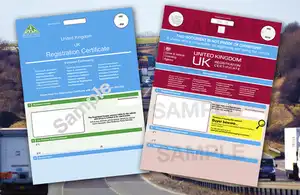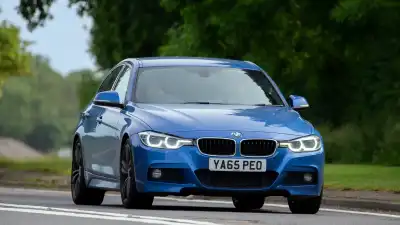
The Driver Vehicle Licensing Agency is encouraging motorists that have a blue-coloured V5C Log Book to exchange it for a red one. But why? In 2006, a significant number of blank, blue, certificates were stolen. Reference numbers range from BG8229501 to BG9999030 and BI2305501 to BI2800000. The concern is that a blank certificate – once in the hands of a criminal - could be used to make a stolen or cloned car look more legitimate. After all, a certificate contains a wide range of information such as its registration number, manufacturer, cylinder capacity, chassis number, fuel type, etc. The criminal could simply add whatever information suits. The Driver Vehicle Licensing Agency, therefore, replaced its blue certificate to minimise risk to the trade and buyers/sellers - so the red equivalent has been issued with new cars for some time. Furthermore, motorists with old cars have received the upgrade when applying for changes to the registration, such as a new address. However, there are still some that have the old-style blue certificate. That could alienate and alarm potential buyers. The Driver Vehicle Licensing Agency, after all, advises a buyer to reject a car with a blue certificate unless the owner upgrades it to red. This process is simple and free of charge.
Buying A Car: Checking a V5C Log Book
Now, some car buyers assume that a V5C Log Book is proof of ownership. It is not. It simply “shows who is responsible for registering and taxing the vehicle”. This is clearly explained on the red certificate. A buyer should, therefore, look for further proof that the seller is entitled to dispose of the vehicle – particularly if purchasing privately. Evidence could come via a receipt the owner received when obtaining the vehicle. This should include a name and address that can be cross-referenced with the supplier. The buyer might require seller's permission and cooperation to complete this step. It is also important to examine the V5C to ensure it is legitimate (even if it is red). Check the watermark, for example, and for signs of tampering. Furthermore, ensure that every detail matches the car such as the vehicle identification number, engine number, registration number, etc. The buyer can also confirm via the internet what information the Driver Vehicle Licensing Agency holds on the vehicle. This includes the date of first registration, year of manufacturer, tax status and when its last V5C Log Book was issued.




